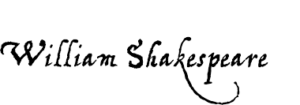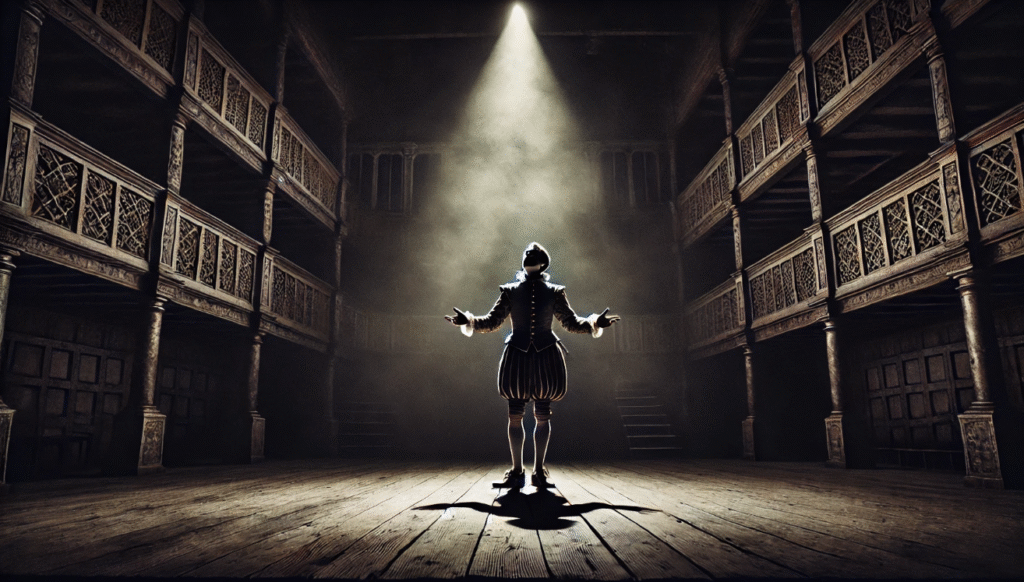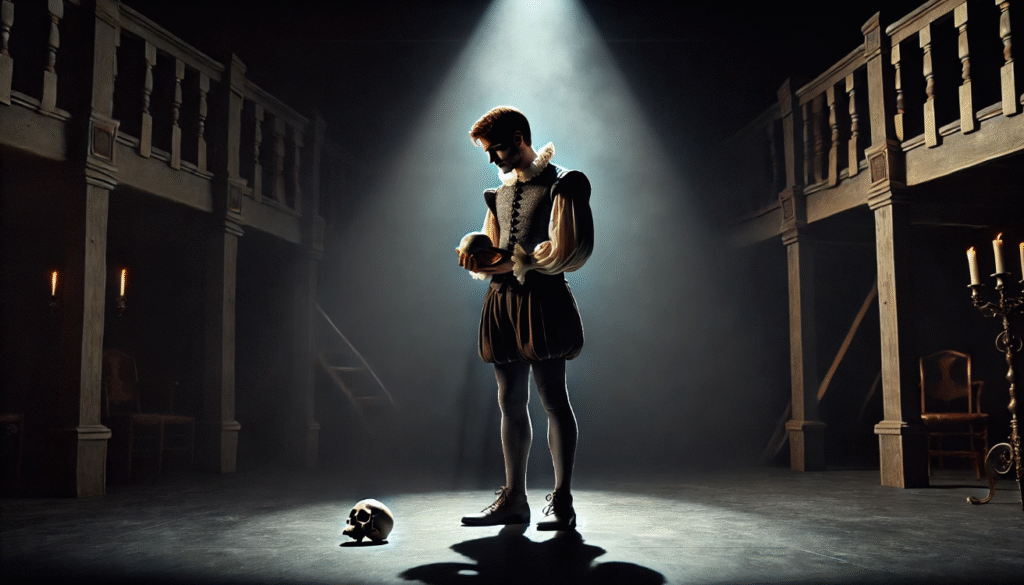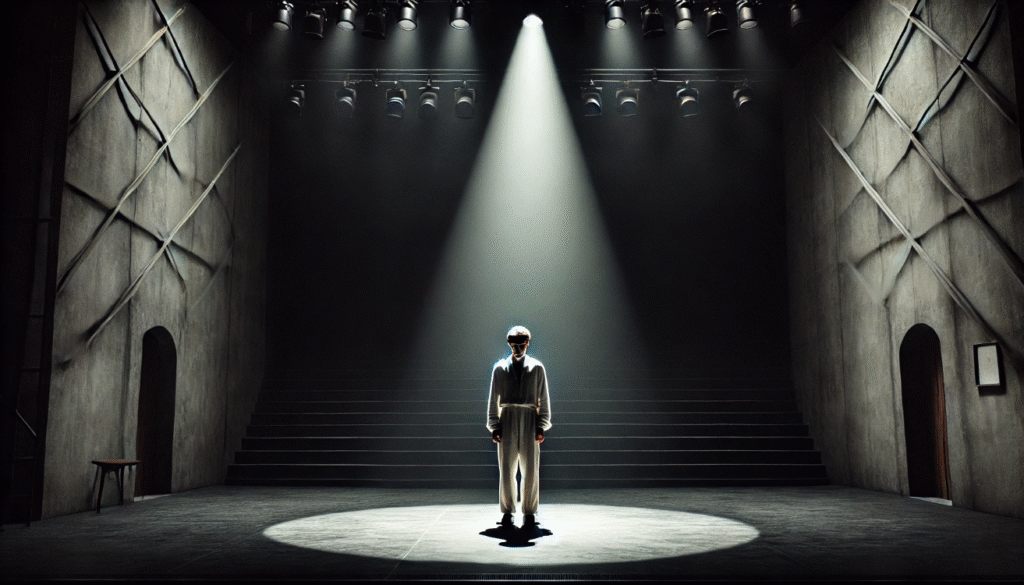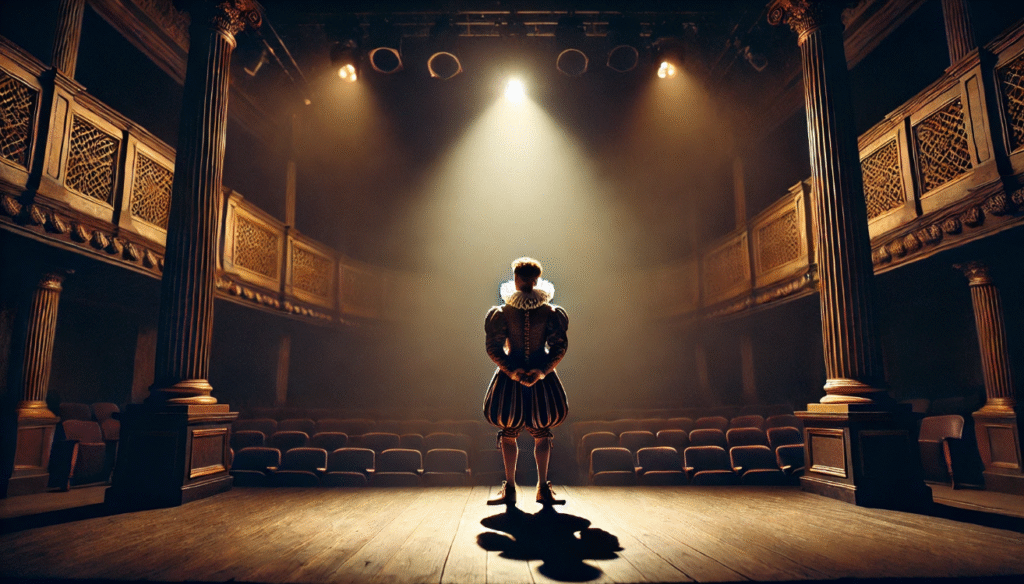 Differences in soliloquy use between Shakespeare’s plays is a notable aspect of his plays. Differences in soliloquy use between Shakespeare’s plays are monologues delivered by a character who is alone on stage, allowing them to express their inner thoughts and emotions to the audience. They serve as a window into the character’s mind and provide insight into their motivations and conflicts. The importance of differences in soliloquy use between Shakespeare’s plays works lies in their ability to deepen the audience’s understanding of the characters and their actions. They offer a unique opportunity for characters to reveal their true selves, share their doubts and fears, and reflect on their experiences. The purpose of the article is to examine how the use of differences in soliloquy use between Shakespeare’s plays differs across Shakespeare’s plays.
Differences in soliloquy use between Shakespeare’s plays is a notable aspect of his plays. Differences in soliloquy use between Shakespeare’s plays are monologues delivered by a character who is alone on stage, allowing them to express their inner thoughts and emotions to the audience. They serve as a window into the character’s mind and provide insight into their motivations and conflicts. The importance of differences in soliloquy use between Shakespeare’s plays works lies in their ability to deepen the audience’s understanding of the characters and their actions. They offer a unique opportunity for characters to reveal their true selves, share their doubts and fears, and reflect on their experiences. The purpose of the article is to examine how the use of differences in soliloquy use between Shakespeare’s plays differs across Shakespeare’s plays.
Understanding Soliloquies in Shakespeare’s Plays:
A soliloquy is a dramatic device in which a character speaks their thoughts out loud, usually when they are alone on stage. This allows the audience to gain insight into the character’s innermost thoughts and emotions. The soliloquy has its origins in ancient Greek and Roman drama, but it reached its peak in Elizabethan theatre, particularly in the works of William Shakespeare. In Shakespearean plays, soliloquies were used to reveal the inner workings of a character’s mind, often serving as a window into their true thoughts and motivations. In drama, soliloquies serve several important functions. They provide insight into a character’s psychology, allowing the audience to understand their motivations and conflicts.
Soliloquies in Tragedies:

Shakespeare’s tragic plays, such as Hamlet, Macbeth, and Othello, are renowned for their exploration of internal conflict through the use of soliloquies. These monologues provide insight into the characters’ thoughts and emotions, offering a deeper understanding of their motivations and struggles. For example, in Hamlet, the famous “To be or not to be” soliloquy delves into existential themes and Hamlet’s indecision, while Macbeth’s soliloquy about ambition and guilt showcases the inner turmoil of the character. These soliloquies carry immense emotional weight, emphasizing the psychological and moral deterioration of the protagonists as the tragedies unfold.
Soliloquies in Comedies:

In Shakespeare’s comedic plays, such as A Midsummer Night’s Dream, Twelfth Night, and As You Like It, soliloquies are used to add humor and advance the plot in lighter, more whimsical contexts. They are often employed for comic effect and character revelation, as seen in A Midsummer Night’s Dream, or to reflect mistaken identity and the theme of love, as seen in Twelfth Night. In contrast to the use of soliloquies in tragedy, where they are often used for introspection and to convey the character’s inner turmoil, in comedy, they serve to entertain and engage the audience while driving the plot forward.
Soliloquies in Histories:

Shakespeare’s historical plays, such as Richard III and Henry V, utilize soliloquies to delve into the political and character motivations within power struggles. In Richard III, soliloquies express the protagonist’s ambition, manipulation, and villainy, providing insight into the character’s ruthless quest for power. Meanwhile, in Henry V, soliloquies focus on leadership and the burdens of kingship, highlighting the challenges faced by a ruler in times of war and political unrest. These soliloquies help develop the thematic elements of power, leadership, and national identity by providing a window into the inner thoughts and motivations of the characters.
Distinctive Styles and Themes of Soliloquies:
In tragedy, soliloquies often feature philosophical language and intense imagery, reflecting the characters’ inner turmoil and existential struggles. In contrast, soliloquies in comedies are characterized by playful language and humorous imagery, reflecting the characters’ lighthearted and comedic outlook on life. Soliloquies play a crucial role in shaping the audience’s perception of characters in each genre. In tragedies, they provide insight into the characters’ inner thoughts and motivations, evoking empathy and understanding from the audience. In comedies, soliloquies serve to entertain and amuse the audience, often revealing the characters’ humorous and endearing qualities.
The Function of Soliloquies in Plot Development:
Soliloquies serve as a powerful tool in drama for revealing the inner thoughts and feelings of a character, and often, they are used to advance the plot and create suspense. By allowing the audience to hear a character’s private thoughts, soliloquies provide insight into their motivations and desires, as well as foreshadowing upcoming events in the play. In works like Macbeth and Hamlet, soliloquies are used to show the characters’ descent into madness, as well as their plans for revenge. These moments of introspection not only reveal the characters’ internal struggles but also serve to build tension and anticipation for the audience, as they begin to anticipate the consequences of these characters’ actions.
The Role of Soliloquies in Character Development:
Soliloquies in literature offer a unique window into the inner thoughts and emotions of characters. They provide a platform for characters to express their deepest fears, desires, and motivations, offering the audience a deeper understanding of their psyche. In major characters, such as Othello and King Lear, soliloquies are often used to depict significant psychological turmoil and character development. On the other hand, minor characters may also have soliloquies that reflect their own internal struggles, though perhaps not as deeply explored as those of major characters. Soliloquies allow characters to express emotions and ideologies that may not be readily apparent in their interactions with others, adding a layer of complexity and depth to their portrayal.
Thematic Differences: Common Themes Explored in Soliloquies:
In Shakespeare’s soliloquies, common themes such as power, ambition, guilt, fate vs. free will, love, and madness manifest differently in different genres. In his tragedies, there is a focus on moral dilemmas and internal struggles, often delving into the darker aspects of human nature. In his comedies, the themes of love, disguise, and identity take center stage, often leading to humorous misunderstandings and mistaken identities. In his histories, the themes of leadership, legitimacy, and national pride are explored, reflecting the political and social dynamics of the time. These themes are woven into the fabric of Shakespeare’s plays, creating a rich tapestry of human experience across different genres.
Audience Engagement Through Soliloquies:

Soliloquies break the fourth wall by allowing the character to speak directly to the audience, sharing their innermost thoughts and emotions. This direct engagement with the audience can elicit empathy or detachment, as the audience gains insight into the character’s mindset and motivations. By providing a window into the character’s emotions, soliloquies offer the audience a deeper understanding of the character’s intentions, creating a more immersive and emotionally impactful experience.
In Shakespeare’s plays, soliloquies are used in different ways. In tragedies like “Hamlet” and “Macbeth,” soliloquies are used to reveal the inner thoughts and conflicts of the main characters, providing insight into their complex personalities. In comedies like “A Midsummer Night’s Dream” and “Twelfth Night,” soliloquies are often used for comedic effect, showcasing the characters’ witty and humorous thoughts. In historical plays like “Richard III” and “Henry V,” soliloquies are used to convey the characters’ ambitions and motivations, driving the plot forward.
